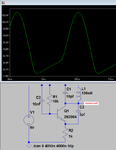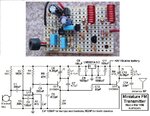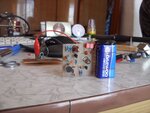rata478
Junior Member level 1
I followed a simple fm transmitter circuit using a "circuit simulator" i found on the internet: http://www.falstad.com/circuit/
circuit:![FPRK3CDHXRU3W14.MEDIUM[1].jpg FPRK3CDHXRU3W14.MEDIUM[1].jpg](https://www.edaboard.com/data/attachments/45/45509-1cb1d202c9cc57c62326d7a19b7a2e31.jpg)
circuit i made in circuit simulator v1.6h:

Why is the output signal not pulsating?
Is there something wrong with the simulator or did i just do something wrong?
Thankyou in advance.
circuit:
![FPRK3CDHXRU3W14.MEDIUM[1].jpg FPRK3CDHXRU3W14.MEDIUM[1].jpg](https://www.edaboard.com/data/attachments/45/45509-1cb1d202c9cc57c62326d7a19b7a2e31.jpg)
circuit i made in circuit simulator v1.6h:

Why is the output signal not pulsating?
Is there something wrong with the simulator or did i just do something wrong?
Thankyou in advance.




